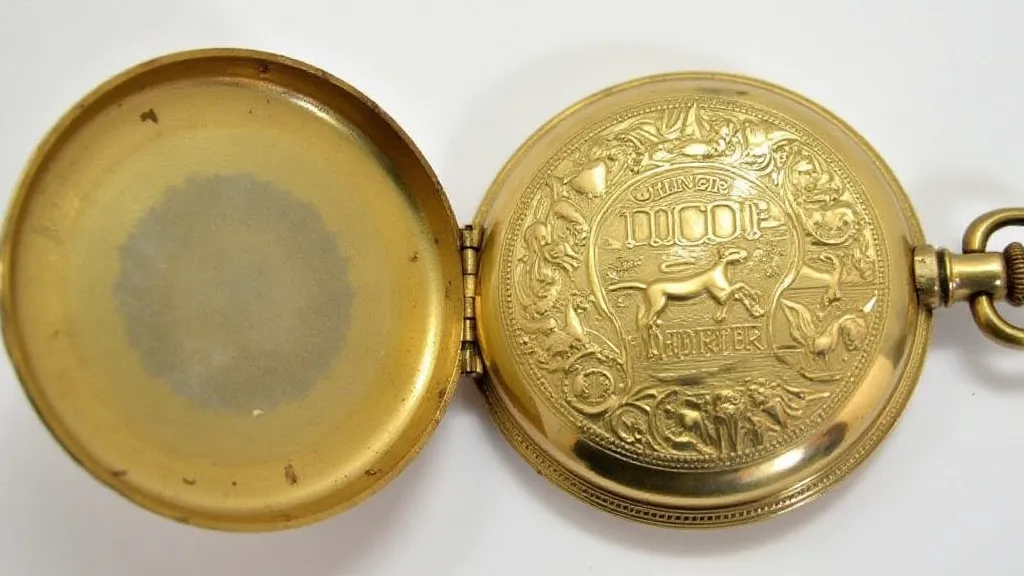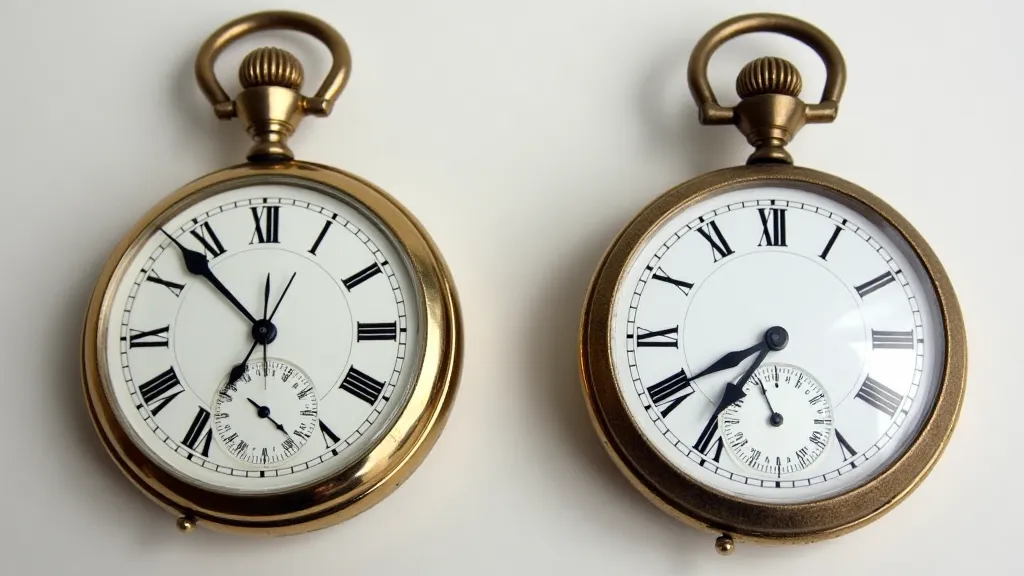The Hunter Case vs. The Open Face: A Comparison of Pocket Watch Designs
Pocket watches, relics of a bygone era, offer a fascinating glimpse into the history of timekeeping and craftsmanship. While the inner workings of these miniature marvels are complex, the exterior design – the case – is a crucial element contributing to their beauty and value. Two primary case styles dominate the world of antique pocket watches: the Hunter case and the Open Face. This article delves into the differences between these designs, exploring their historical context and aesthetic appeal for watch collectors.
Understanding the Open Face Pocket Watch
The Open Face, as its name suggests, allows the watch dial to be directly visible. This was the earliest and most common style of pocket watch, prevalent from the 16th century through the mid-19th century. The simplicity of the design meant a generally lower production cost, making Open Face watches accessible to a wider segment of society.
Aesthetically, Open Face watches showcase the elegance of the dial and hands. Many feature intricate enamel work, Roman numerals, or elaborate hand designs. The absence of a covering also allowed for greater creativity in dial production. Over time, they acquired a certain charm due to their accessibility and the display of craftsmanship.

The Rise of the Hunter Case Pocket Watch
The Hunter case emerged in the mid-19th century, named after Henry Hunt, a London watchmaker who patented the design in 1846 (though the design predates him). The Hunter case is characterized by a spring-loaded metal cover that protects the watch face. This cover, usually engraved or decorated, automatically opens when the watch is removed from the pocket, allowing for easy viewing of the dial.
The Hunter case’s protective function proved invaluable, safeguarding the delicate crystal and dial from scratches and impacts – a common issue with Open Face watches, especially when carried in a pocket alongside other objects. The addition of the cover also facilitated mass production as it could be stamped and embellished separately.
Aesthetic Differences & Collector Appeal
While both styles share a pocket watch’s inherent elegance, their aesthetics differ significantly. Open Face watches exude a classic, often more refined, look. They are a showcase of dial art and intricate hand designs. Hunter cases, on the other hand, often feature intricate engine turning, scrollwork, or embossed patterns on the cover itself. The cover’s decoration becomes a significant element of the watch’s overall design.
For collectors, both types hold value. Open Face watches represent the early days of portable timekeeping and are prized for their historical significance and dial artistry. Hunter cases, with their added layer of protection and often lavish decoration, appeal to collectors who appreciate fine craftsmanship and a more robust design.

Distinguishing Features at a Glance
| Feature | Open Face | Hunter Case |
|---|---|---|
| Cover | No cover, dial is exposed | Spring-loaded metal cover protects the dial |
| Era of Popularity | 16th - Mid-19th Century | Mid-19th Century Onward |
| Protection | Minimal | Excellent |
| Aesthetic Focus | Dial and Hand Design | Cover Decoration & Overall Robustness |

Conclusion
The Hunter Case and Open Face pocket watches each represent a unique chapter in the history of timekeeping. While the Open Face evokes a sense of classic elegance and early innovation, the Hunter case symbolizes a refinement in design and a focus on durability and aesthetics. Understanding the differences between these two iconic styles is crucial for any collector seeking to appreciate the rich heritage and beauty of pocket watches.





